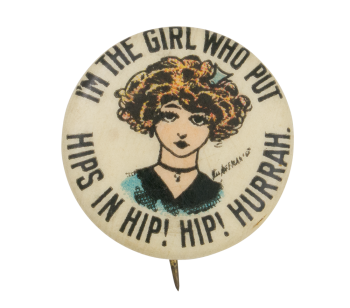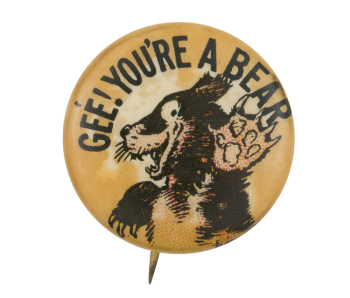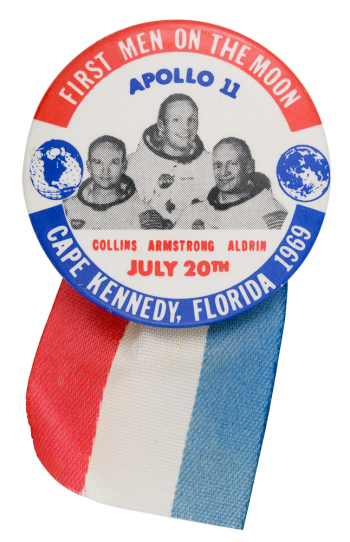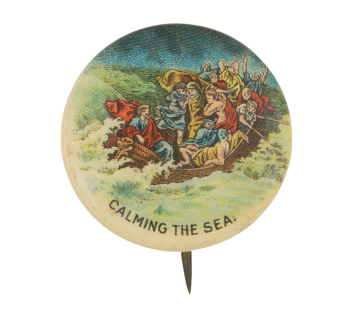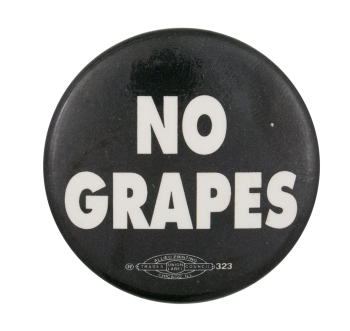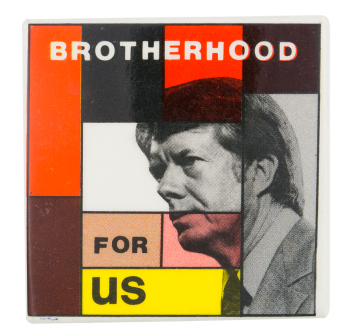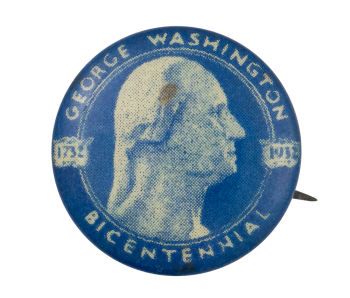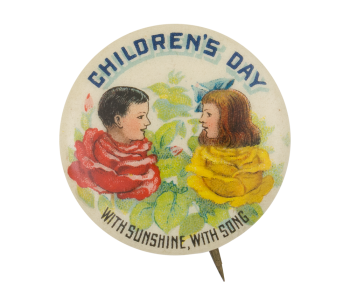I'm the Girl Who Put Hips in Hip! Hip! Hurrah
| Category | |
|---|---|
| Additional Images | |
| Sub Categories | |
| Image Description | Black text above and below an illustration of a woman's head and shoulders with short blond hair wearing blue on a white background. |
| Back Paper / Back Info |
HASSAN CIGARETTES FACTORY No 649 1st DIST N.Y. W & H CO PATENTED |
| Back Style | |
| The Shape | |
| The Size | |
| Year / Decade Made | |
| The Manufacturer | |
| Additional Information | This button was part of a set of 376 known buttons, issued as premiums primarily with Hassan and Tokio cigarettes. They featured cartoons by artists such as Rube Goldberg, George McManus, Bud Fisher, Hal Hoffman, and others. This button was most likely part of the "I'm the Guy" collection, which started in 1910. Using the famous catchphrase started by Rube Goldberg, these buttons were used as promotional giveaways when people purchased cigarettes. |
| Sources |
(2014). "1912 PB3 Hassan & Tokio Tobacco Cigarette Comic 340 High Grade Pins/Tokens/Coins." Retrieved from: http://www.ebay.com/itm/1912-PB3-Hassan-Tokio-Tobacco-Cigarette-Comic-3… (2013). Brooks, J. "I'm The Guy Pinbacks." brookstonebeerbulletin.com. Retrieved from: http://brookstonbeerbulletin.com/im-the-guy-antique-pinbacks/ |
| Catalog ID | AD0688 |

